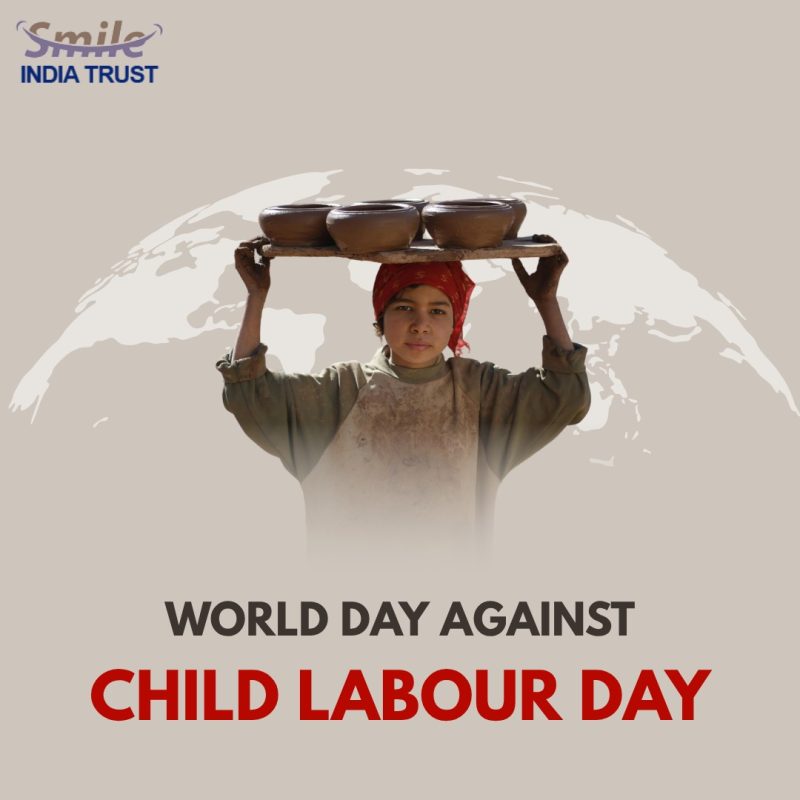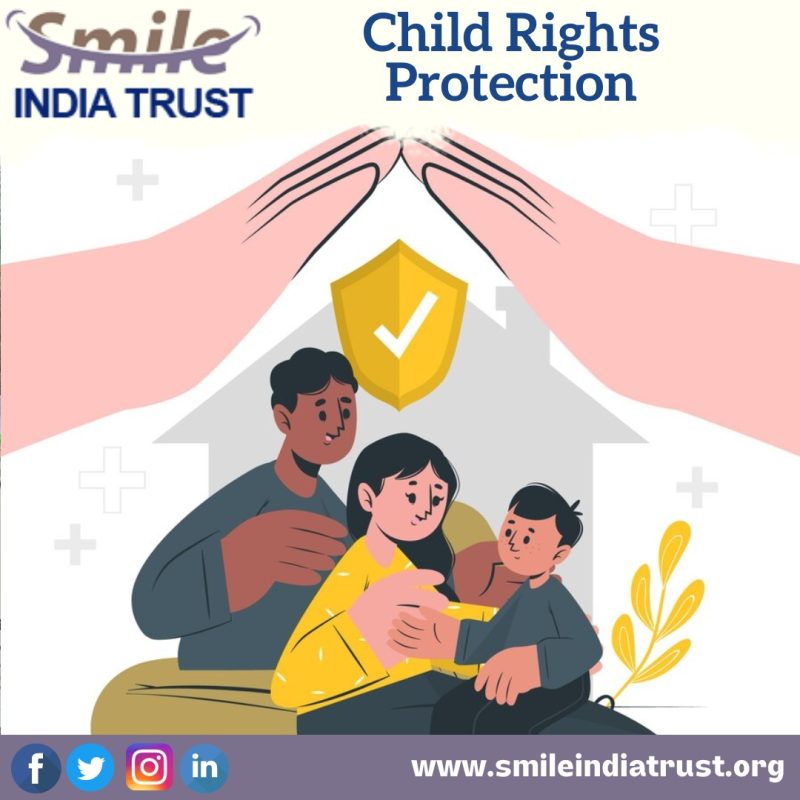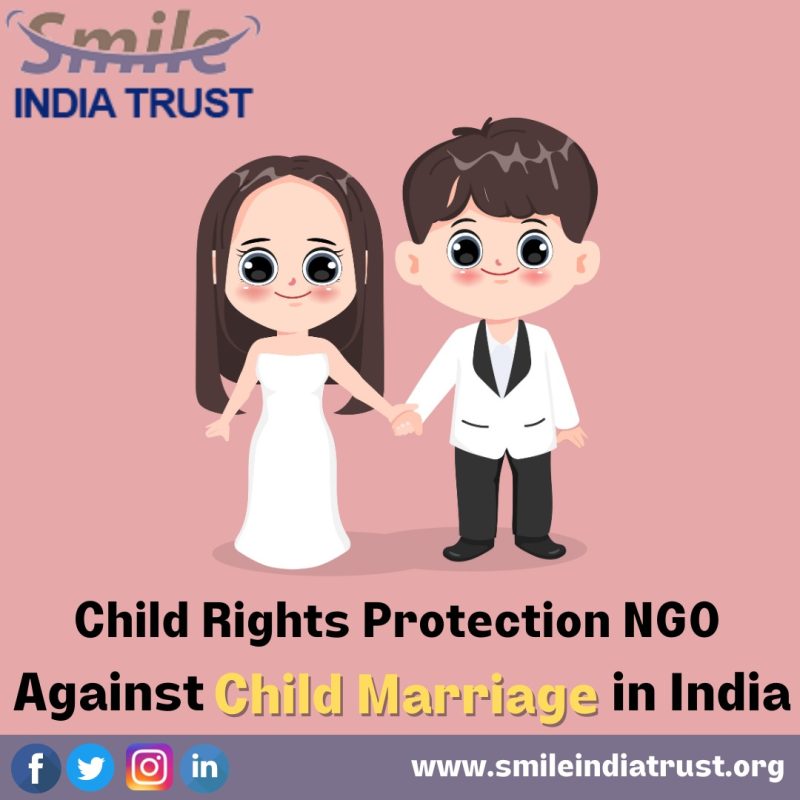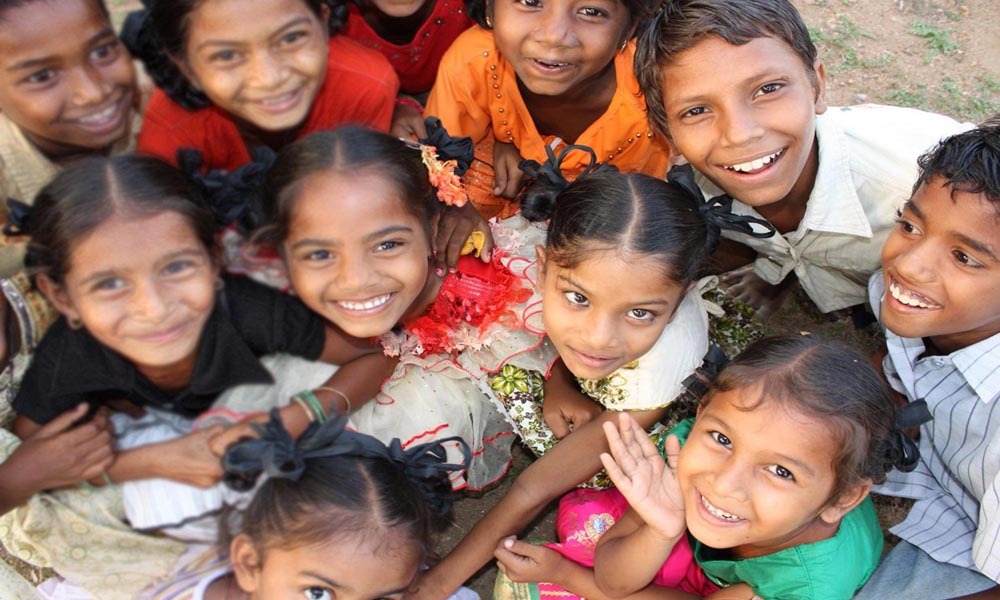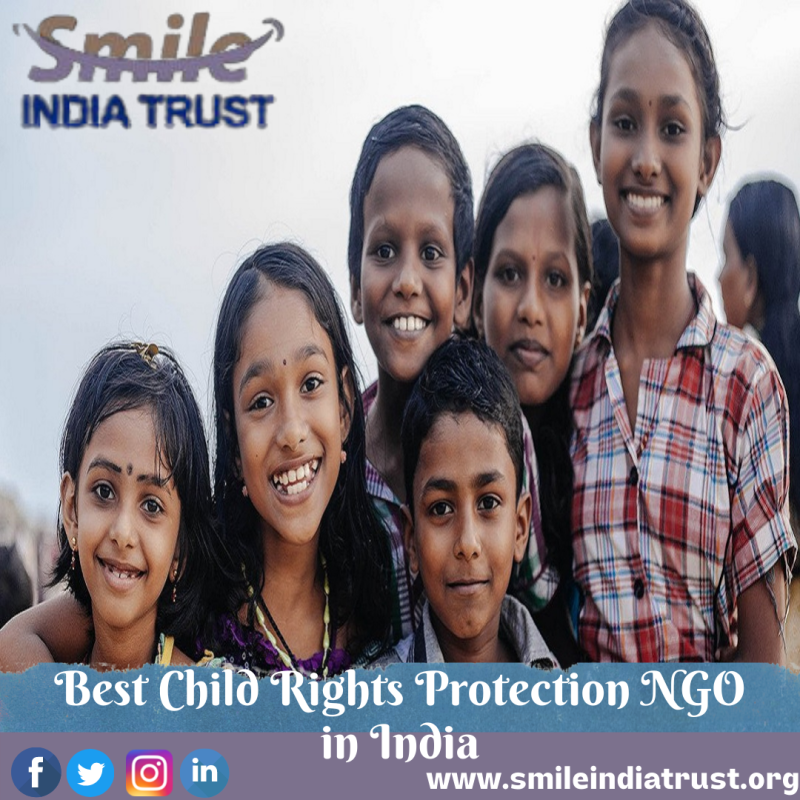Child Labour is a heartbreaking issue that takes away the innocence of childhood and deprives countless kids of their basic rights. On World Day Against Child Labour, recognized every year on June 12th, we reaffirm our dedication to putting an end to this serious problem. Even with laws and international agreements in place, many children […]
Category Archives: Child Rights protection NGO
Child rights refer to ensuring a safe and secure life for children who are affected by violence and mistreatment in society. These children are not given the space to grow and are exploited for the gain of others. These issues force children to lead lives filled with struggle. Child rights aim to provide children with […]
Child marriage is a societal practice that is still prevalent in some areas of India. A very young girl child under the age of fifteen marries an adult man in these events. The arrangement of the boy and girl’s future united by both sets of parents constitutes another type of child marriage. The boy and […]
Helping children in their growth is equal to helping in the growth of the economy. Smile NGO has successfully become the best child rights protection NGO in India. Our NGO helps children by making them have a successful and bright future. Offering help to them is our moral duty. Making their life successful will better […]
Smile India Trust is one of the best child rights protection NGOs in India for child education. The right of youth is a fundamental opportunity. And an innate privilege of all people below the age of 18 years. These freedoms apply to every child irrespective of race, diversity, gender, and belief. The fundamental message is […]
Smile India Trust is an NGO working for the welfare and upliftment of children living in slums. We are happy to share that for the last 5 years, our organization helped many children. According to UNICEF, a child is a person under the age of 18. Smile India Trust is the most reliable organization for […]

